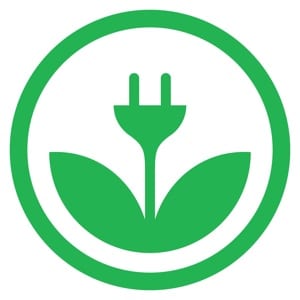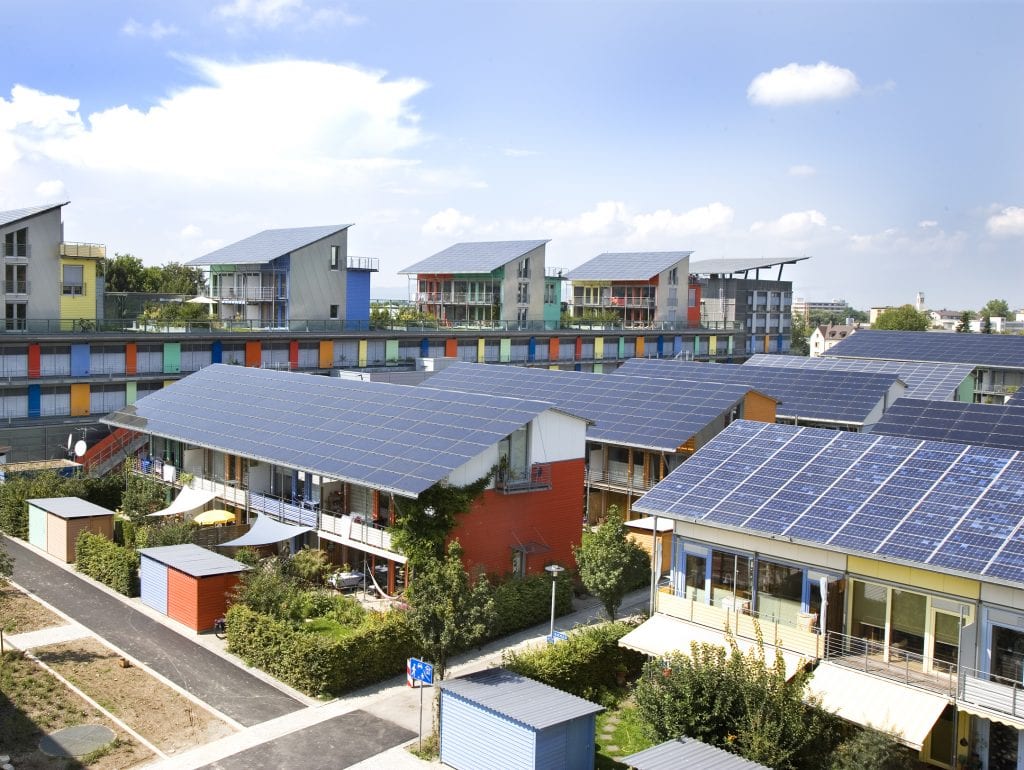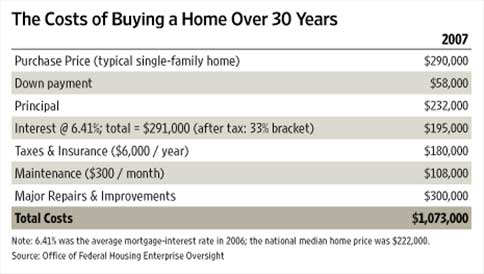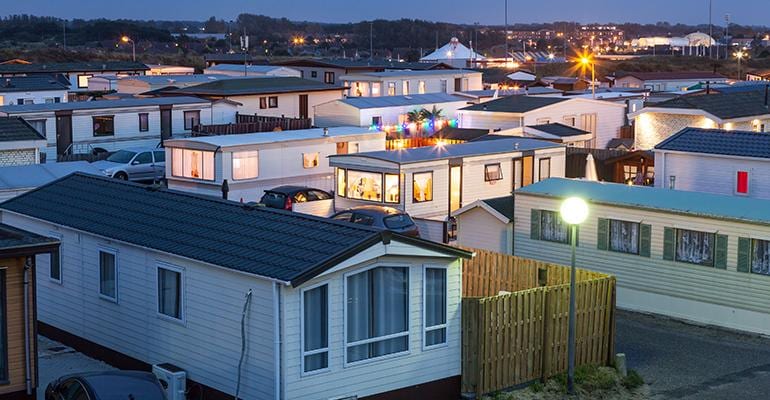Today’s post comes to us from student, Eric Marquette. Eric is studying energy policy and entrepreneurship at Western, and as seen in his post, he has been researching what it means for energy policy to be put in practice. Read on!
You may be wondering, why do we care so much about zero net energy housing? And why would this work so well for tiny houses? Well, with zero net energy houses, the ultimate goal is to reduce the operating cost of energy as much as possible so that one can gain more benefits, generally referred to savings, i.e. saving money on bills. The best, and simplest way for us to reduce these costs is to invest in energy efficiency. When talking about housing, energy efficiency is used to reduce the amount of energy needed to run a home. There’s a plethora of different methods, but for our purposes we are primarily looking at lighting, heating, and cooling of a house. Using energy efficiency, we can reduce the costs associated with these to increase our benefits.
When installing most energy efficiency systems, there is generally a higher than average initial cost compared to contemporary energy costs.However, due to the savings provided by efficiency methods, the initial cost will be paid off and allow the resident to recoup more than they ever spent. Let’s take photo-voltaic solar panels as an example. Solar panels have a relatively high initial cost to install, perhaps around $10,000 for a 3 kilowatt system (without calculating in state subsidies). However, the panels are helping reduce electricity needed to power the house from the grid, meaning your utility’s electric bill will decrease greatly. Depending on your home’s energy efficiency and your avoided cost through the solar savings, the amount of money saved on the electricity bill per month will add up over the years, paying itself off. Depending on the state, and the political climate, many utility’s offer net-metering, as well. This is the practice of utilities paying the customer for their production of electricity. We call the time it takes for an efficiency method to pay off the initial cost the payback period. Once the initial cost has been paid off, the initial cost investment will begin to make a return every month.
Energy efficient methods, such as solar panels, do have a high initial costs that aren’t affordable for everyone. However with tiny houses, the initial costs can become much less. Due to the smaller size of tiny houses, the energy required to heat, cool, and power the house is far less. Meaning the initial cost for something like solar panels on a tiny house goes down because less panels are required to power the home. Since the initial cost goes down, so too does our payback period; providing us with a shorter amount of time to gain a return from our investment.
To conclude, the goal of zero net energy is to reduce our cost to increase our benefits. We can do that by implementing various energy efficiency methods. These methods can work very well with tiny houses due to the decrease in size and quick return on investments into energy efficiency.
The video below provides a great example of the potential for a tiny house.












